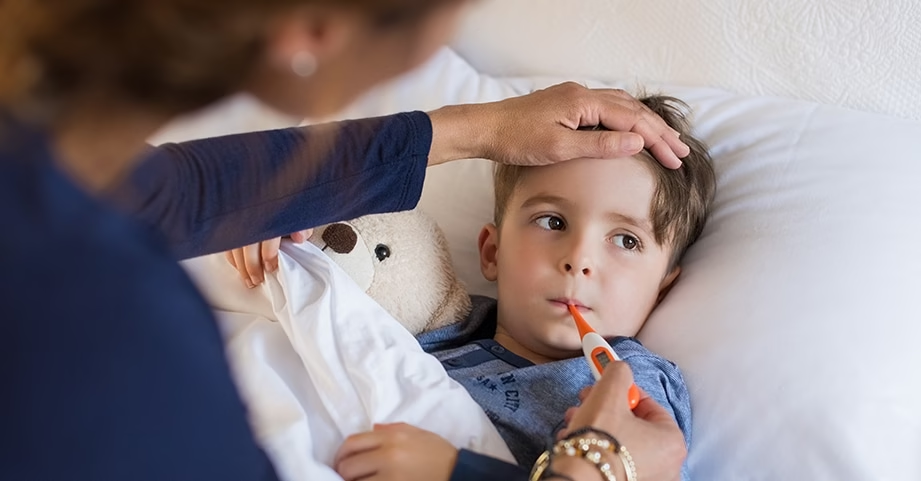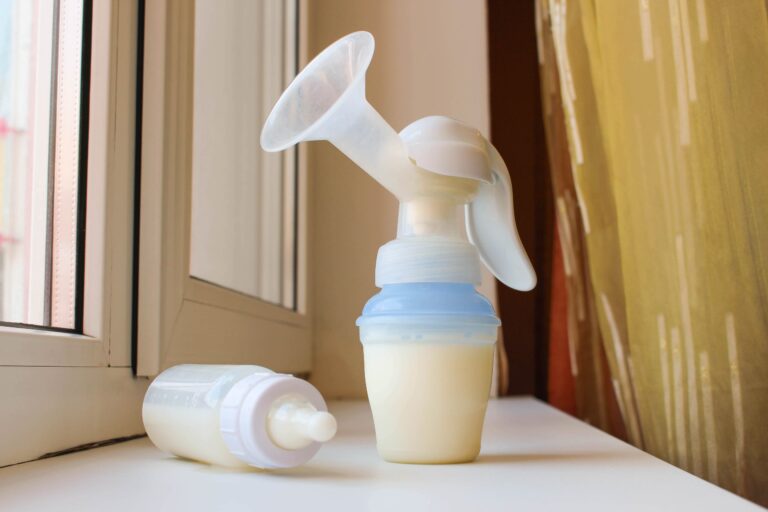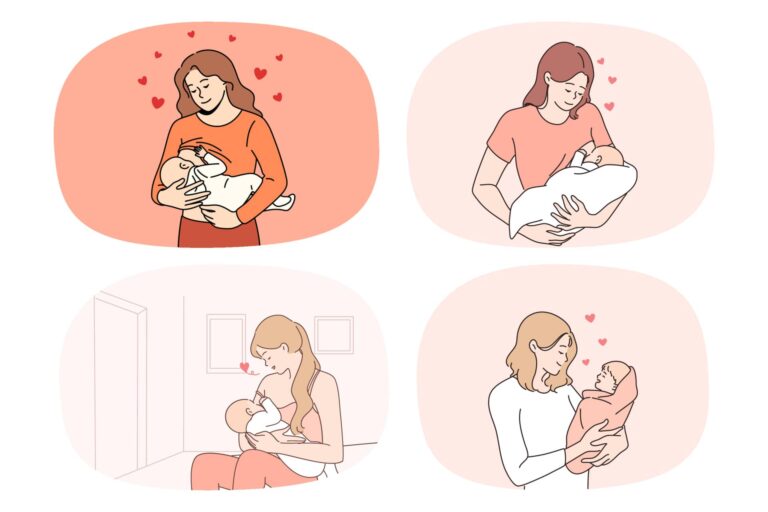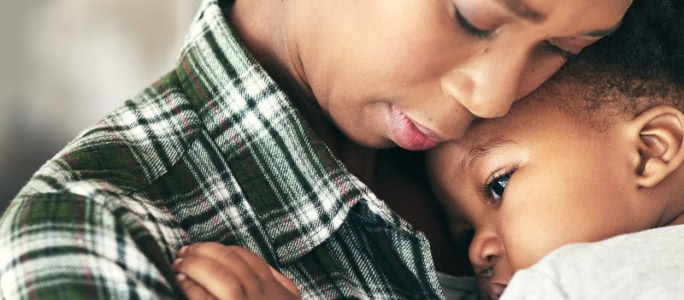Can a Fever Cause a Rash in Infants: What Parents Must Know
Yes, a fever can cause a rash in infants; this response is common with certain viral or bacterial infections. A fever rash may appear with illnesses like roseola or as an allergic reaction.
Understanding the link between fevers and rashes in infants is crucial for parents. Many viral infections can trigger a rash following a fever. These rashes often look like small, red or purple dots on the skin. They can be a normal part of the immune response as the body fights off the infection.
While most fever rashes in infants are not serious, they can sometimes signal a more significant condition. It’s important to monitor the infant’s symptoms and consult a healthcare provider for a proper diagnosis. Quick and appropriate care can ensure your infant stays healthy and recovers without complications. Regular check-ups, being vigilant about unusual symptoms, and knowing when to seek medical advice are key steps in managing your child’s health effectively.
The Interplay Between Fever And Rash In Infants
Infants can exhibit multiple symptoms when ill. Rashes and fevers may appear together, causing concern. These symptoms can signal common conditions. Parents should be vigilant and consult a healthcare provider.
For instance, Chickenpox usually starts with a fever. A rash follows, turning into itchy blisters. Fifth Disease causes a “slapped cheek” rash. It presents after mild symptoms. Roseola begins with high fever, then a rash once the fever subsides.
Identifying Fever-related Rashes
Rashes can vary in appearance and often develop alongside a fever. Common features include red or pink spots on the skin. For infants with lighter skin, these spots may appear bright red. On darker skin, the rash might look purple or darker than the surrounding area.
Rashes that develop from fevers might feel flat or raised, and sometimes merge together. Blotches may start small and become larger patches. Note that the rash sometimes spreads as the fever persists or breaks.
| Symptom | What to Watch For |
|---|---|
| Texture | Bumpy, smooth, or raised patches |
| Color | Red, pink, purple, or skin-toned spots |
| Behavior | Spreading or clustering as fever lasts |
| Additional Signs | Itching, discomfort, or no symptoms |
When To Seek Medical Attention
Seek timely medical care for infants with fever and rash. Certain symptoms demand immediate doctor’s visits. Rashes that quickly worsen or those with visible changes are urgent. Watch for increased fussiness or feeding issues as well.
Identify possible risk factors like recent vaccination or illness exposure. Note any medical history, such as allergies or immune problems. Certain conditions, like roseola, trigger fever then rash in toddlers. Other signs to monitor for include high fever or trouble breathing.
| Symptom | Action Required |
|---|---|
| Rapid spread of rash | Consult doctor immediately |
| Increased irritability | Seek medical advice |
| Trouble with feeding | Medical assessment needed |
Home Care Versus Professional Treatment
Dealing with an infant’s fever and rash can be worrisome. Parents often consider safe home remedies before seeking professional help.
Cool sponge baths can reduce fever naturally. Offering extra fluids and ensuring rest for the infant are essential. Dressing the baby in lightweight clothes also helps regulate body temperature.
Medications like infant acetaminophen may be used if advised by a doctor. All medication dosages should align with the infant’s weight and age. Consult a healthcare provider before administering any medication.
Understanding Viral Rashes In Babies
Viral rashes in infants may appear differently. These rashes can be small spots or large patches. Some have a bright red hue, while others are more subtle. The rashes often start with a high fever and may spread across the body. Parents may notice the rash once the fever decreases.
The development of the rash can be quick or slow, showing within hours to days. Many viral rashes will fading without treatment over time. It’s common for rashes to feel itchy or uncomfortable for babies. Seeing a doctor is vital to ensure the rash is not serious.
Allergic Reactions And Rashes
Identifying allergens is essential for infants. Rashes can occur from a variety of allergens. These include foods, detergents, and pets. Some allergens cause reactions right away. Others may take a little time.
To manage an allergic rash, note changes in the baby’s environment. Did you introduce new foods or products? Keep the baby’s skin clean and moisturized. Use gentle hypoallergenic products. Always check with a pediatrician. They might recommend tests or treatments.
Prevention And Vaccination
Vaccinations are key to preventing illnesses that can lead to fevers and rashes. Immunize infants on time to ward off diseases. Some vaccines to consider include:
| Vaccine | Illness |
|---|---|
| MMR | Measles, Mumps, and Rubella |
| Varicella | Chickenpox |
| DTaP | Diphtheria, Tetanus, and Pertussis |
To minimize exposure to germs:
- Wash hands often.
- Keep infants away from sick people.
- Clean toys and surfaces regularly.
Frequently Asked Questions Of Can A Fever Cause A Rash In Infants
Is It Normal For Babies To Get A Rash With A Fever?
Yes, it is common for babies to develop a rash with a fever due to various conditions like roseola or viral infections. Always consult a doctor for proper diagnosis and treatment.
What Does A Fever Rash Look Like?
A fever rash typically appears as small, red or purple spots on the skin, which may be widespread or localized.
What Does A Viral Rash Look Like On A Baby?
A viral rash on a baby often presents as small, red or pink spots that may spread across the body.
Conclusion
Understanding the link between fever and rashes in infants is crucial for any concerned parent. Recognizing the symptoms early leads to prompt care and peace of mind. Always consult a pediatrician if your baby develops these signs. They’ll provide proper guidance and treatment options.
Remember, a fever with a rash is a common duo in children’s health, but with attention and medical advice, your little one can be back to their happy, healthy self in no time.



